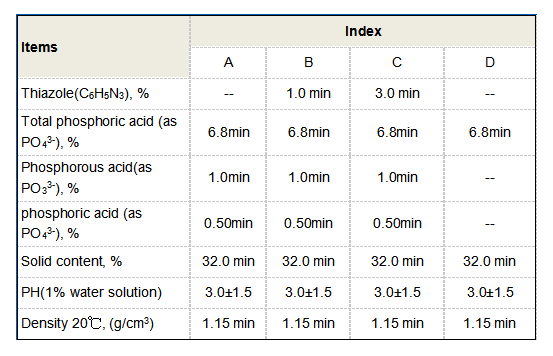polymaleic anhydride
Exploring Polymaleic Anhydride Properties, Applications, and Innovations
Polymaleic anhydride (PMA) is a versatile polymer that has garnered significant attention in various fields due to its unique chemical structure and properties. As a derivative of maleic anhydride, PMA offers a range of functionalities that make it suitable for diverse applications, including coatings, adhesives, dispersants, and biomedical materials. In this article, we delve into the properties, applications, and innovations associated with polymaleic anhydride.
Properties of Polymaleic Anhydride
Polymaleic anhydride is a linear polymer with multiple reactive sites, which allows it to form various derivatives through functionalization and copolymerization. Its structure consists of alternating maleic anhydride units, leading to a high degree of reactivity. One of the most notable properties of PMA is its solubility in a wide range of organic solvents, including alcohols, esters, and aromatic hydrocarbons. This solubility enables its use in various formulations and applications.
Moreover, PMA boasts excellent thermal stability and resistance to degradation, making it a suitable choice for high-performance applications. Its ability to form hydrogen bonds enhances its adhesion properties, which is particularly beneficial in coatings and adhesives. The presence of anhydride groups contributes to its reactivity, allowing for easy modification and integration with other materials.
Applications of Polymaleic Anhydride
PMA has a broad spectrum of applications across different industries. In the coatings sector, it is used as a film-forming agent, providing improved adhesion, flexibility, and chemical resistance. PMA-based coatings are prevalent in protecting various substrates, including metals, plastics, and wood, from environmental damage.
In the realm of adhesives, polymaleic anhydride functions as a reactive agent that enhances bonding strength. By offering superior adhesion to dissimilar materials, PMA is commonly incorporated into formulations for construction and automotive applications, where durability and resistance to extreme conditions are essential.
Moreover, PMA serves as an effective dispersant in the formulation of pigment and filler systems. Its ability to stabilize suspensions enables the production of uniform and high-quality dispersions in paint, ink, and cosmetic applications. The use of PMA in these formulations enhances the efficiency of the processing and the final quality of the products.
polymaleic anhydride

Biomedical Applications
The biomedical field has also witnessed the remarkable potential of polymaleic anhydride. Its biocompatibility and ability to form hydrogels make PMA a candidate for drug delivery systems and tissue engineering. Researchers are exploring the use of PMA-based carriers to improve the solubility, stability, and release profiles of poorly soluble drugs, thereby enhancing therapeutic efficacy.
In addition to drug delivery, PMA's chemical versatility allows it to be used in the development of biomaterials for wound healing and regenerative medicine. The ability to modify PMA with bioactive molecules enables the creation of scaffolds that promote cell adhesion and growth, fostering tissue regeneration.
Innovations and Future Directions
As industries continue to seek sustainable and high-performance materials, the research community is focusing on the development of bio-based polymaleic anhydride derivatives. By utilizing renewable resources, researchers aim to create PMA variants that not only maintain the desirable properties of conventional PMA but also minimize environmental impact.
Furthermore, ongoing studies are exploring the potential of PMA in nanotechnology, particularly in the creation of nanocomposites that enhance mechanical, thermal, and electrical properties. The integration of PMA with nanoparticles has shown promise in various applications, including sensors and energy storage devices.
Conclusion
Polymaleic anhydride is a remarkable polymer with a wide array of properties and applications that make it an essential material in modern technology and industry. Its unique reactivity, solubility, and adhesion capabilities have established its utility in coatings, adhesives, and biomedical applications. As research continues to innovate and explore new avenues, polymaleic anhydride is poised to play an even more significant role in the development of advanced materials for the future.
-
Dodecyldimethylbenzylammonium Chloride: High-Purity DisinfectantNewsAug.30,2025
-
2-Phosphonobutane-1,2,4-Tricarboxylic Acid: Scale & CorrosionNewsAug.29,2025
-
Premium Isothiazolinones | Broad-Spectrum Biocidal SolutionsNewsAug.28,2025
-
LK-319 Special Scale And Corrosion Inhibitor For Steel Plants: Advanced Solutions for Industrial Water SystemsNewsAug.22,2025
-
Flocculant Water Treatment: Essential Chemical Solutions for Purification ProcessesNewsAug.22,2025
-
Isothiazolinones: Versatile Microbial Control Agents for Industrial and Consumer ApplicationsNewsAug.22,2025





